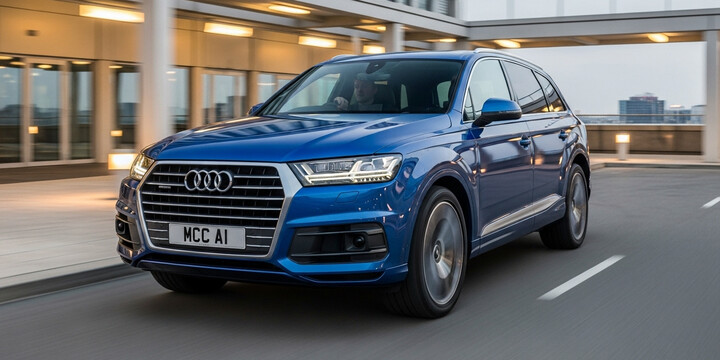
AUDI Q7 (2024-) 55 5DR SUV QUATTRO 3.0 TFSI V6 340 GPF SS EU6 S LINE TIP AUTO8
The AUDI Q7 (2024-) 55 5DR SUV QUATTRO 3.0 TFSI V6 340 GPF SS EU6 S LINE TIP AUTO8 is a premium luxury SUV that balances sophisticated design with versatile performance, making it a standout choice in the UK market. As a spacious and stylish vehicle, it appeals especially to families, professionals, and those who require both comfort and practicality. This model is designed for drivers seeking a refined driving experience, combining the hallmark luxury and advanced features typical of Audi's S line range with the practicality of a sizable SUV. Its robust V6 engine delivers smooth acceleration and a confident driving feel, ideal for both city commuting and longer journeys.
What sets this specific Audi Q7 apart is its blend of premium build quality, advanced safety features, and distinctive design elements. Known for its reliability and impressive driving dynamics, the Q7 is often lauded for offering a luxurious ride with plenty of space for passengers and cargo alike. As a competitor to other high-end SUVs like the BMW X5 or Mercedes GLE, the Audi Q7 (2024-) 55 5DR SUV QUATTRO 3.0 TFSI V6 340 GPF SS EU6 S LINE TIP AUTO8 is highly regarded for its exceptional combination of style, performance, and technological innovation—making it an excellent choice for those looking for a versatile, premium SUV in the used car market.

average use
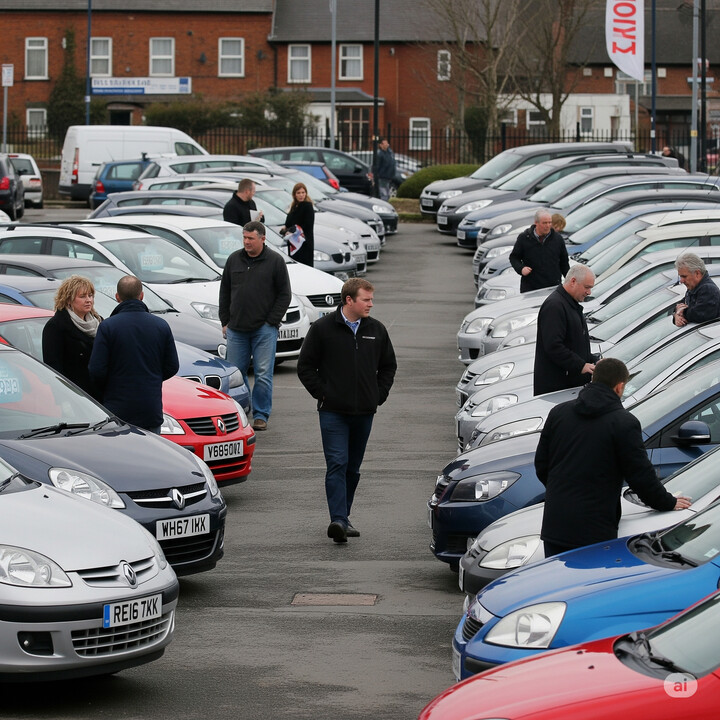
The data indicates that for the sample of AUDI Q7 (2024 onward) vehicles, the most recent recorded mileage for all units falls within the 0 to 10,000 miles range, accounting for 100% of the vehicles. This suggests that these vehicles are likely very new or have had minimal usage to date.

vehicle values
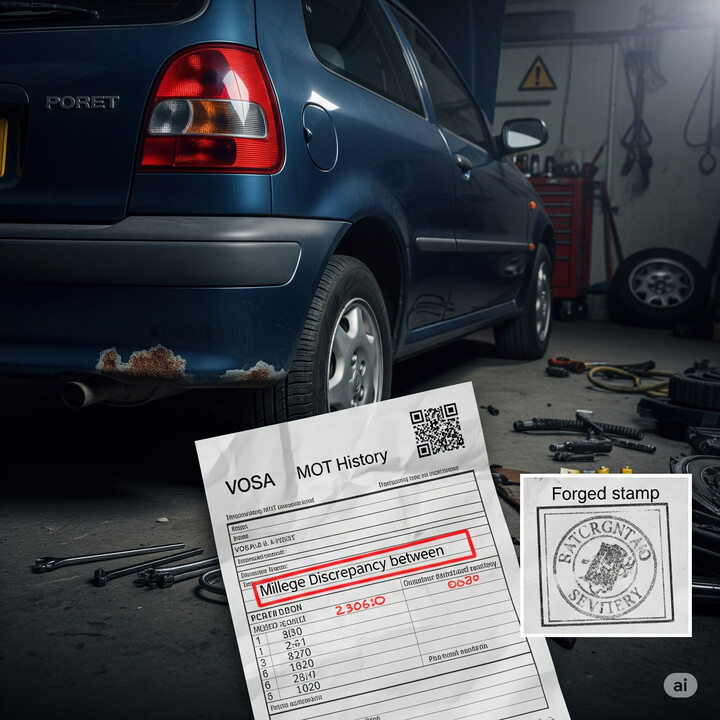
The private sale valuation data for the 2024 Audi Q7 55 5DR SUV Quattro 3.0 TFSI V6 340 GPF, S Line Trim, indicates that the majority of valuations (60%) fall within the £53,000 to £54,000 range. Additionally, 20% of private sale prices are between £52,000 and £53,000, and another 20% are between £54,000 and £55,000. This suggests a concentration of market valuations around the mid-to-high £53,000s, with relatively few private sales priced below £52,000 or above £55,000. Overall, the data reflects a fairly narrow private sale price band with most vehicles valued near the £53,000 mark.

production years
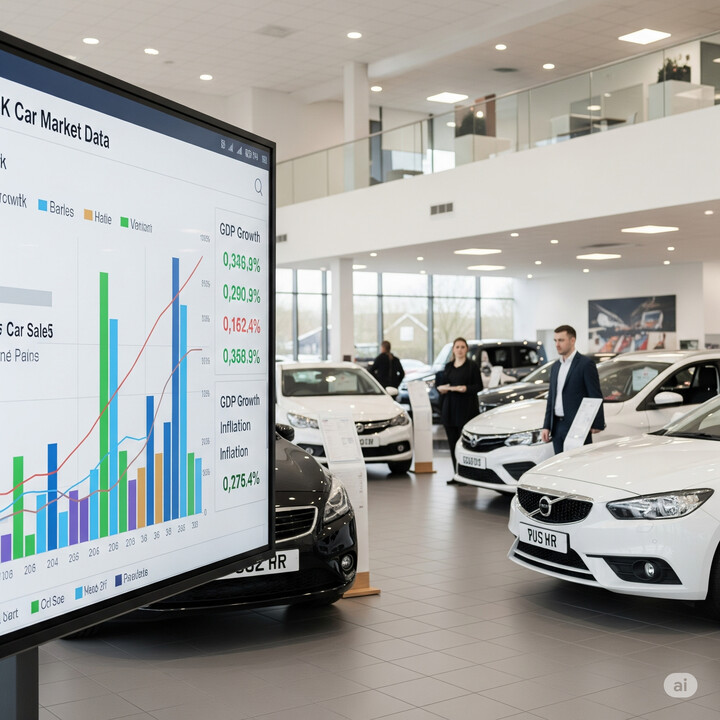
The data indicates that the majority of the AUDI Q7 models in this sample are from the year 2024, accounting for 80%, while a smaller portion, 20%, are from 2025. This suggests that the most recent model year, 2024, is by far the most common in circulation, possibly reflecting a recent release or high sales volume for that model. The presence of 2025 vehicles indicates some early adoption or remaining inventory from the upcoming model year.

colour popularity
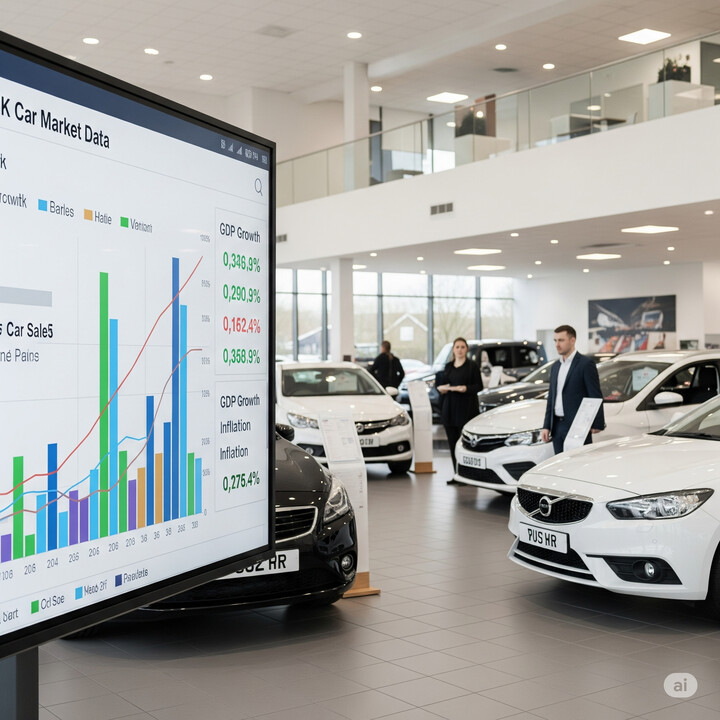
Based on the data for the 2024 AUDI Q7 models, the majority of vehicles (60%) feature a Black paint colour, making it the most popular choice among buyers. White and Silver are each selected for 20% of the vehicles, indicating a more balanced preference between these shades. This distribution suggests a strong preference for classic, neutral colours in this model, with Black dominating as the colour of choice.

ownership cycle
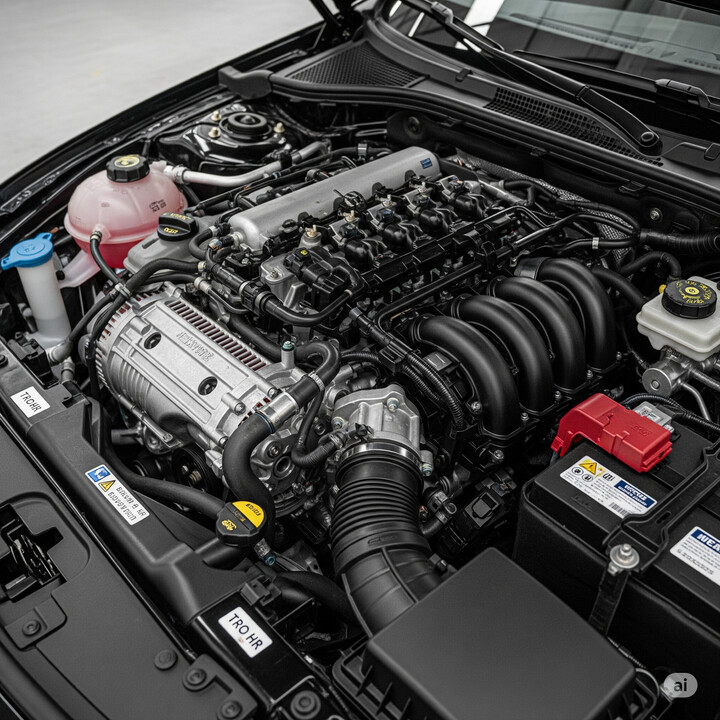
The data indicates that the majority of AUDI Q7 (2024-) 55 5DR SUV QUATTRO 3.0 TFSI V6 340 GPF SS EU6 S LINE TIP AUTO8 vehicles have had only one registered keeper, accounting for 80%. A smaller proportion, 20%, has had two registered keepers. This suggests that most owners tend to retain the vehicle for an extended period before ownership changes, potentially reflecting good vehicle reliability or owner satisfaction. The relatively low percentage of vehicles with multiple keepers may also imply lower vehicle turnover within this model during its recent years.

engine choices

The data indicates that all units of the AUDI Q7 (2024-) 55 5DR SUV QUATTRO 3.0 TFSI V6 340 GPF SS EU6 S LINE TIP AUTO8 model in the sample are equipped with a 2.995-liter (approximate 3.0-liter) engine capacity. Additionally, every vehicle in the sample uses petrol as its primary fuel. This suggests a consistent specification for this model in terms of engine size and fuel type across the dataset.












